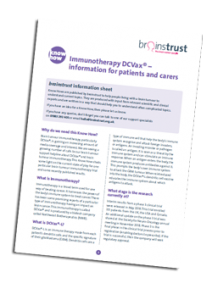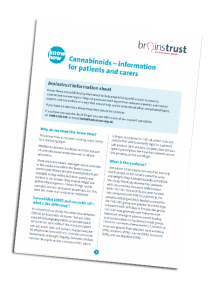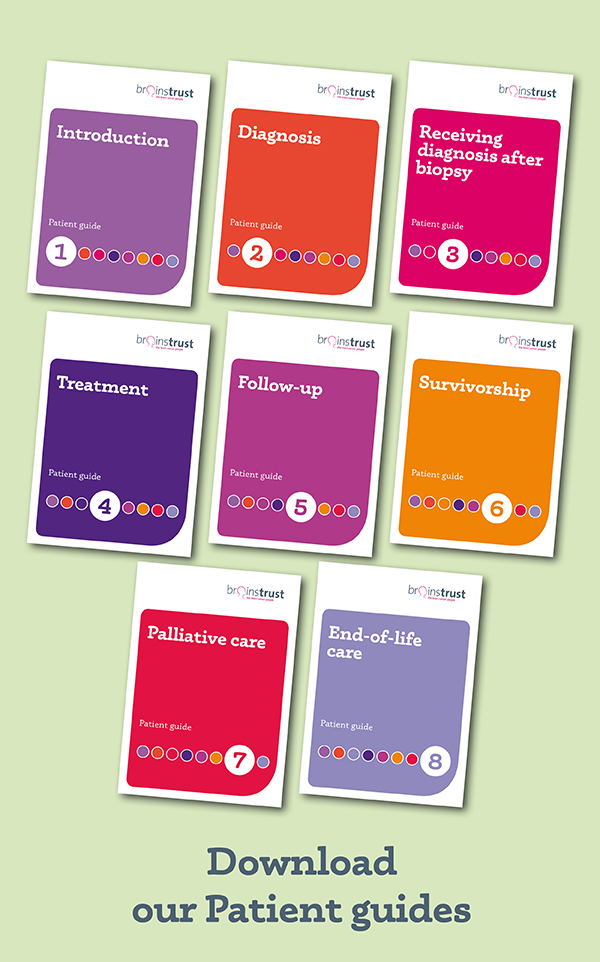Alternative therapies
When someone close to you is diagnosed with a brain tumour, you may find yourself wanting to learn more about alternative therapies and particular diets that are often spoken about in the media and elsewhere as being potentially helpful for people living with a brain tumour diagnosis.
In this section, you will find information about Immunotherapy, Cannabinoids and Ketogenic diets.
Immunotherapy

Immunotherapy is often hitting the headlines, promising that it could give treatments the precision needed to be more effective in treating cancer, not just brain cancer but many other cancers too.
Current immunotherapies for brain cancer fall into six broad categories: cancer vaccines, checkpoint inhibitors, oncolytic virus therapy, adoptive cell therapy, adjuvant immunotherapies, and monoclonal antibodies. So there is much activity around this as a potential treatment. However, there are always caveats when there is a big media noise around ‘game changing’ treatments for cancer.
Brain cancer is particularly challenging to treat due to the blood brain barrier (which is there to stop toxins getting into the brain) and there are so many different types of brain tumour. At the moment we know that there are even 6 subsets of a glioblastoma brain tumour. It can work BUT it is hugely expensive as each treatment is personalised to each individual. And of course, not each individual will be responsive to the treatment, which can also be highly toxic. It is thought that if, at some point in the future, immunotherapy could be a potential treatment for brain cancer then it would probably only work in 10% of patients. And it comes with significant risk. When it goes wrong, it can go horribly wrong.
You can find out more information about immunotherapy from our Know How
Cannabinoids

Medicinal cannabis is a broad term for any sort of cannabis-based medicine used to relieve symptoms. There are many mixed messages about cannabis in the media and within the brain tumour community. Many cannabis-based products are available to buy online, but their quality and content is not known. They may be illegal and potentially dangerous. Certain things inside cannabis contain anticancer properties, but this does not make it an anticancer treatment.
You can find more information on Cannabinoids and further links to help inform your decision making here from our Know How.
Download the Cannabinoids Know How
Ketogenic diets
 Certain diets and nutritional approaches are often spoken about in the media and elsewhere as being potentially helpful for people living with a brain tumour diagnosis, which may have caused you to wonder whether you should be thinking about particular nutritional approaches for your health.
Certain diets and nutritional approaches are often spoken about in the media and elsewhere as being potentially helpful for people living with a brain tumour diagnosis, which may have caused you to wonder whether you should be thinking about particular nutritional approaches for your health.
This Know How offers an overview of the ketogenic diet in order to help you decide whether or not this is something that you wish to consider for yourself.












